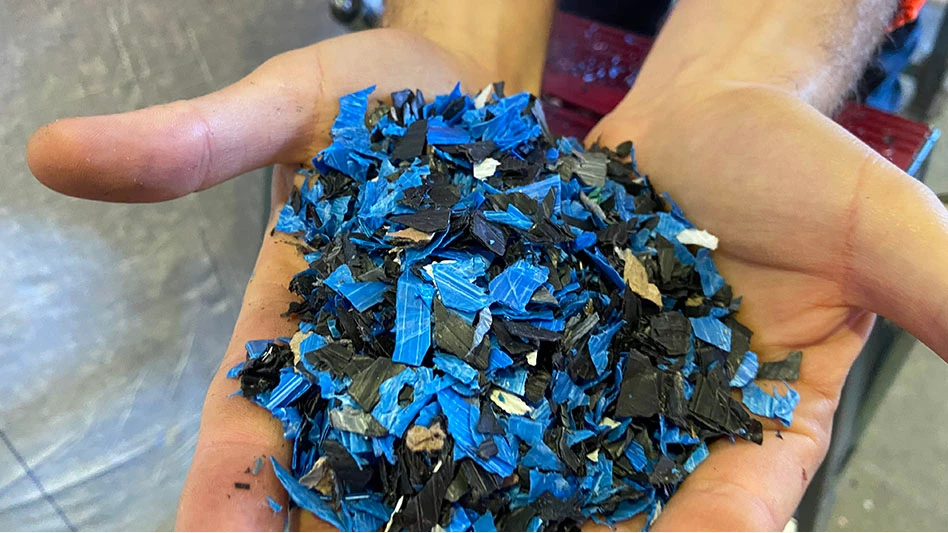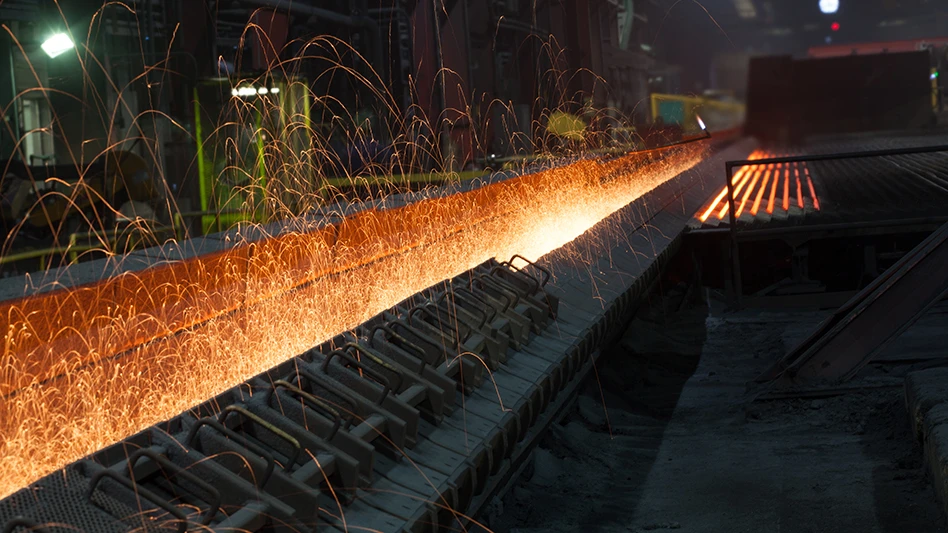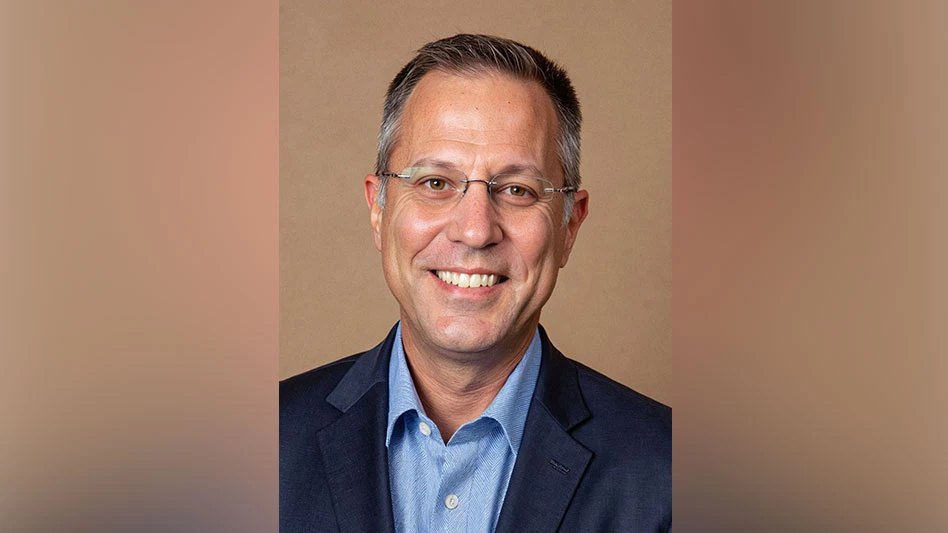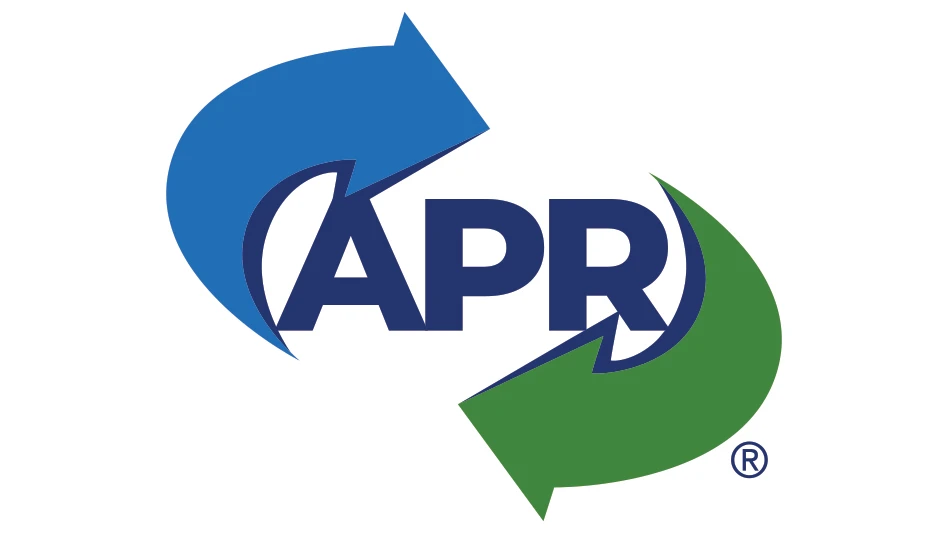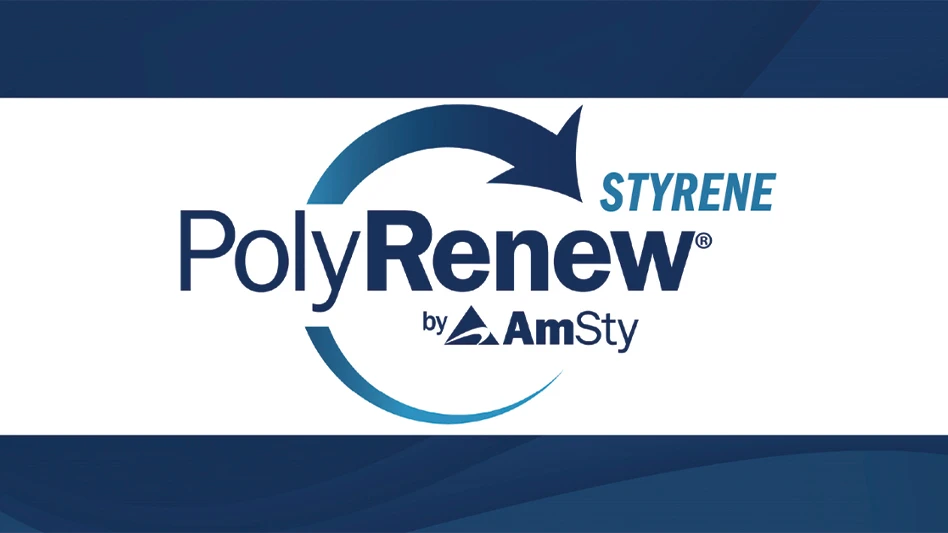Before you get all charged up over recycling those nickel-metal-hydride (Ni-MH) and lithium-ion batteries that are the buzz in automotive circles, it pays to know a bit about what is going on in the industry. Ni-MH is here and definitely will be followed by lithiums. Each will require different handling than today’s lead-acid batteries.
Auto and battery manufacturers say they are designing with commercial recyclers in mind. The first trickle of specialty batteries is on the market; however, a significant wave is probably another five years out.
“We will solve this problem,” promises Chuck Offenkop, Northwest Auto Parts, Anchorage, Alaska. He leads the Automotive Recyclers Association (ARA) battery study committee. ARA says it expects to have a report to its members by its October 2010 meeting. In the meantime, Ni-MHs from wrecks are trickling into yards and must be handled.
“We want a system that will let us sell the (scrap) battery to the re-use market,” he continues. Today, however, supply of such batteries outstrips demand. But these new batteries have long lives so there is time to develop a solution.
Toyota Motor Sales USA Inc. (TMS), Torrance, Calif., would take issue with any idea that the Ni-MH or lithium-ion batteries are anything special from a use point of view. TMS currently sells more than 200,000 hybrid vehicles in the U.S. market annually, according to Mark Saxonberg, manager, Environmental Health and Safety/Service Compliance in the industry and government relations department for TMS.
To date, Toyota has placed more than 2.3 million hybrid electric vehicles into service globally since 2000. Major buyers, like FedEx, are going totally electric, at least on a test basis. (See sidebar,” Making It Real”, page 69.)
The market for hybrids is now primarily mainstream consumers, Saxonberg says. Classifying Ni-MH HV (hybrid vehicle) batteries as “no more special than lead-acid” is a subjective judgment, he says. “For those who work with hybrid vehicles on a daily basis and have been doing so for nearly a decade, they have probably already reached this status.”
Yet the volume to attract widespread involvement by commercial recyclers is still a bit down the road.
“There are not a large amount of these on the market as yet,” notes Chrysler Engineering and PR Specialist Nick Cappa. But, he adds, “This industry is moving at Mach 10.”
Steve Levetan, senior vice president for government affairs at Pull-A-Part, Atlanta, says, “It is an issue for the industry, but we have not gotten into it yet. It absolutely is something that the industry will have to deal with.”
Pull-A-Part is mainly in the self-service arena with end-of-life vehicles. In addition to developing a protocol for disposal of batteries, Levetan says the company will have to deal with the related safety issues for self service.
“The technology is rapidly developing and increasing in volume for the automotive industry,” Cappa says. “You can buy lithium ion batteries for your digital camera and the next generation of electric vehicles will use similar technology (Fiat 500EV). The shift is happening now.”
Chrysler’s Fiat 500EV is due out in 2012. Other vehicles that will have battery systems also are being developed. However, Cappa says the company has no plans to make the widely reported electric Town & Country van.
The LX and the fancier EX Honda Insights have a 100.8-volt Ni-MH battery that provides 5.75 amp hours.
Although Chrysler defers to battery suppliers when the discussion turns to specific materials, Cappa says the company expects a large percentage of new battery technology can be recycled much the way lead-acid batteries are recycled.
Chrysler chose Electrovaya, Toronto, as its plug-in battery provider. Electrovaya will provide batteries for 140 Ram plug-in hybrid electric vehicles (PHEV) in a demonstration program that will feature a 12-kilowat-hour lithium-ion battery.
“We are working with other automakers and recyclers to develop a sustainable recycling model for lithium-ion batteries—a network already exists for lead-acid and nickel-metal hydride,” says Brian Corbett, communications specialist in General Motor’s hybrid and battery technology division.
That existing infrastructure allows recyclers to recycle the lithium-ion cells being used in consumer goods like cell phones and laptops. However, Corbett says, “The impact of the Volt battery on the recycling industry is at least a decade out. It is designed to last significantly longer than a consumer electronics battery life of one-to-three years.”
THE AUTO YARD
Recyclers who do not specialize in this area are apt to see these vehicles singly for the near future. According to Toyota’s Jana Hartline, dealers are expected to return a “core” for each HV battery sale they make to third parties (i.e., independent repair shops and individual consumers). Dealers can return batteries to Toyota’s HV battery recovery center. “At the present time, only dealers are allowed to shop HV batteries to our recovery center. Our dealers handle recoveries, bounty payments and battery returns on behalf of dismantlers,” Saxonberg says. “We are in the early stages of planning for a pilot to recover HV batteries directly from dismantlers,” he adds.
The Vehicle Recycling Partnership of the Big Three in Detroit is working on the issue, too. “They are still trying to figure it out,” Offenkop says. “This is still a work in progress. Manufacturers are trying to address the situation from the front end.”
There is some question, however, about how ready auto makers are to handle batteries in quantity. Offenkop admits that his Alaska ELV experience is more with trucks and all-wheel drive vehicles than the company’s yard in the Lower 48, which already sees the occasional wrecked Prius. However, he says industry has solved problems like safety, battery removal and first-responder safety as well as storage and diagnostics. He expects success with re-use.
“Batteries must be handled in accordance with the safety and preparation guidelines outlined in dismantler manuals available on the Toyota Technical Information System Web site,” he says. That Web site is at https://techinfo.toyota.com. (Recyclers should click on the “Emergency Response” and “Hybrid Information” sections.)
Dismantlers and dealers are instructed to return batteries to the TMS HV battery recovery facility in Torrance. Dismantlers also can arrange to have a Toyota or Lexus dealer return a battery for recycling by contacting the dealer, referencing warranty policy 9.10 and bringing the undamaged battery to the dealer.
Toyota partners with Kinsbursky Brothers Inc. for recycling services in North America and recycles batteries with other business partners in Japan.
PROFESSIONAL VIEW
Models for recycling exist elsewhere, but not everyone in North America is in favor of mimicking them. “It is difficult to compare U.S. battery recycling with models in Japan and Europe because of strict ELV (end-of-life-vehicle) regulations in these countries,” Saxonberg says. U.S.-based automakers already have a working model for mercury recovery and recycling in ELVS (End of Life Vehicle Solutions, http://elvsolutions.org), he adds. ELVS Corp. was created by the automotive industry to promote its environmental efforts in recyclability, education and outreach as well as the proper management of substances of concern.
Most auto manufacturers are part of ELVS, including Chrysler, Ford Motor Co., Mitsubishi Motors North America, Nissan North America, Subaru of America Inc., Toyota Motor Sales U.S.A. and Volkswagen Group of America Inc. Saxonberg says this model has the potential to serve the industry for HV batteries. “As a first step, automakers can use ELVS as a means to reach out to dismantlers and disseminate information regarding recovery and recycling policy and process,” he says.
Offenkop says he is utterly opposed to copying the Japanese or European models. “We (the U.S.) are different than Japan and Europe, where they require end-of-life directives. Their manufacturers are mandated to have a program.
“But we have much better private infrastructure to recycle vehicles,” Offenkop continues. “The market will take care of the problem. That is why we are working on this study now. We embrace the free market.”
REUSING BATTERIES
Most auto firms say their engineers design with recycling in mind. “Toyota's goal is to make the vehicle 100 percent recyclable at end of life and to establish cradle-to-cradle manufacturing for certain components like HV batteries,” Saxonberg says.
There is ample opportunity to re-use batteries from these new vehicles. Several companies are designing them to accommodate a second life. Offenkop says he expects re-use—both of Ni-MH and later lithiums—to be key. His only question is what price recyclers can get for these batteries, especially those that are damaged. But he is bullish a solution will be found.
“Beyond the automotive life of these batteries, there may be second use opportunities in non-auto applications that could extend their useable lifespan another five to 10 years,” GM’s Corbett says. Potential benefits of a secondary battery use include electric grid storage, which has multiple benefits such as enabling increased use of renewable energy and offsets to the original cost of the battery by maximizing its usage prior to recycling.
“We are having discussions with several potential customers to determine if these used batteries are a good match for their applications,” Corbett adds.
Another option for modulated battery packs is to break out the individual components of the battery cluster used in an auto. Each of the individual power cells could be used for smaller applications. Offenkop says he sees the day soon when specialty batteries reach the same 96 percent recycling rate that lead-acid batteries enjoy today. “I anticipate there will be a good market for these batteries,” he concludes.
The author is a freelance writer based in Cleveland. He can be contacted at curt@curtharler.com.
Get curated news on YOUR industry.
Enter your email to receive our newsletters.
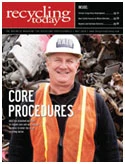
Explore the May 2010 Issue
Check out more from this issue and find your next story to read.
Latest from Recycling Today
- AF&PA report shows decrease in packaging paper shipments
- GreenMantra names new CEO
- Agilyx says Styrenyx technology reduces carbon footprint in styrene production
- SABIC’s Trucircle PE used for greenhouse roofing
- Hydro to add wire rod casthouse in Norway
- Hindalco to invest in copper, aluminum business in India
- Recycled steel price crosses $500 per ton threshold
- Smithers report looks at PCR plastic’s near-term prospects

